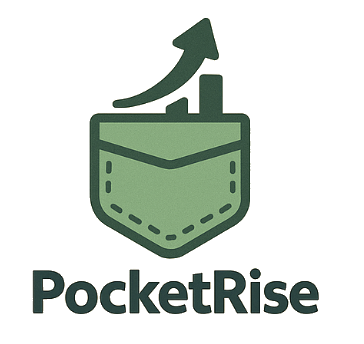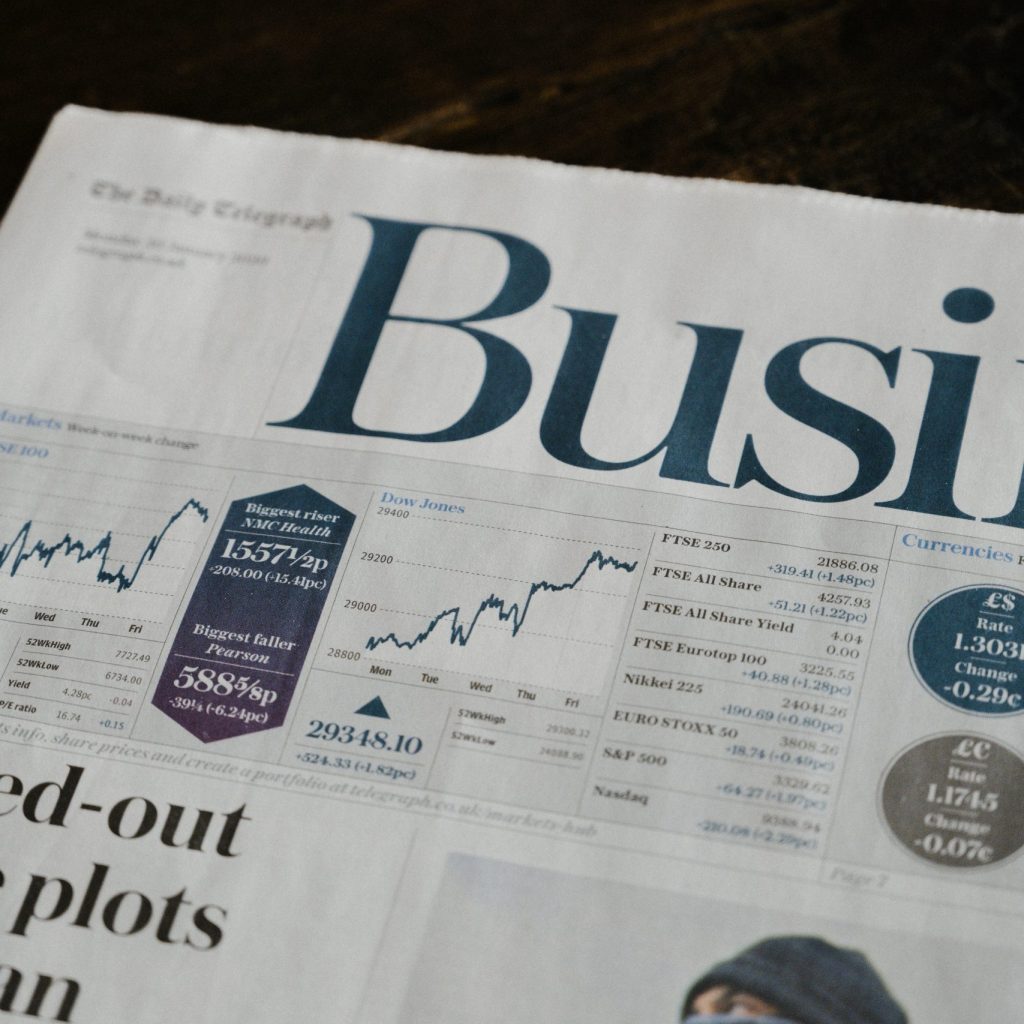Markets rallied sharply on Monday after the U.S. and China announced a temporary easing of tariffs, offering investors a measure of relief amid ongoing trade tensions.
The S&P 500 surged 184 points, or 3.3%, to close at 5,844, recovering to levels last seen on April 2 — the day President Trump unveiled sweeping tariffs. The Dow Jones Industrial Average climbed 1,161 points, or 2.8%, to finish at 42,410. Meanwhile, the Nasdaq Composite jumped 4.4%, with tech giants such as Nvidia and Apple gaining 5.4% and 6.3%, respectively.
A Break in the Trade Standoff
The market rally followed a joint announcement from the U.S. and China on Monday that both countries had agreed to significantly reduce tariffs for 90 days, beginning May 14. The deal was brokered over the weekend in Switzerland, where Treasury Secretary Scott Bessent and U.S. Trade Administrator Jamieson Greer met with Chinese officials.
Under the agreement:
- The U.S. will lower tariffs on Chinese imports from 145% to 30%
- China will reduce its tariffs on American goods from 125% to 10%
- Both nations will maintain a 10% baseline tariff and certain existing trade measures
According to the White House, the overall tariff reduction amounts to 115% on both sides. Analysts at UBS Global Wealth Management expect U.S. tariffs to ultimately stabilize between 30% and 40%.
Investor Sentiment: Hopeful but Cautious
“The focus now shifts to whether this temporary fix can evolve into a lasting agreement,” said Ulrike Hoffmann-Burchardi, Chief Investment Officer at UBS Global Wealth Management, in a research note.
Other market indicators reflected the improved sentiment:
- The U.S. dollar strengthened against major currencies
- Crude oil rose over 3% in midday trading
- 10-year Treasury yields climbed to 4.5%, the highest since April 11
Still, some analysts are urging caution. “This is a textbook recovery after the market’s waterfall declines,” said Gina Bolvin, president of Bolvin Wealth Management Group. “Expect volatility as we approach the 90-day reciprocal tariffs deadline.”
The U.S. also finalized a trade agreement with the U.K. last week, marking the first new pact since “Liberation Day” — the April 2 rollout of the new 10% baseline tariff on most imports, which remains in effect.
“The market is going to take great comfort in the idea that there is a way forward,” said Chris Zaccarelli, Chief Investment Officer at Northlight Asset Management. “All-time highs in the stock market are achievable before yearend.”
Recession Fears Ease — For Now
Fears that tariffs could push the U.S. into recession also softened. Oxford Economics lowered the odds of a 2025 recession to 35%, citing the tariff truce. However, they cautioned that the situation remains fragile.
“As we learned in the first trade war, we don’t want to read too much into a single agreement,” said Ryan Sweet, Chief U.S. Economist at Oxford Economics.
Sector Winners: Tech, Travel, and Retail
Sectors hit hardest by tariff uncertainty saw strong rebounds:
- Amazon rose 8%, benefiting from the potential for lower import costs. The retailer sources more than 70% of its products from China, according to Jungle Scout.
- Delta Air Lines and American Airlines both gained over 5%, while Carnival Cruise Line surged 9.6% and Norwegian Cruise Line rose 8.2%.
- Lululemon and Nike, heavily reliant on Chinese manufacturing, jumped 8.7% and 7.3%, respectively.
Bottom Line:
The U.S.–China tariff pause has lifted investor spirits, especially across tech and consumer sectors. While it’s too soon to declare a permanent resolution, Wall Street is clearly cheering the breathing room.



